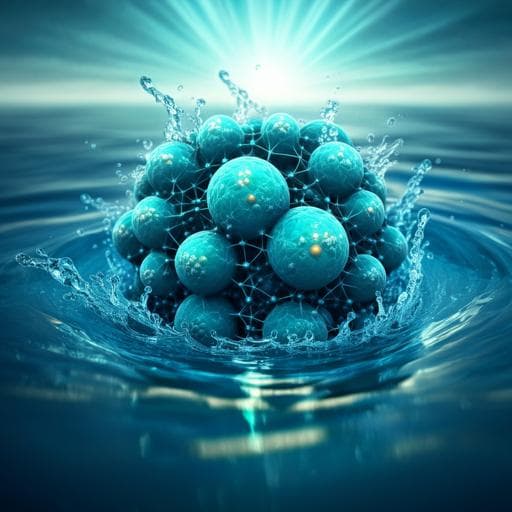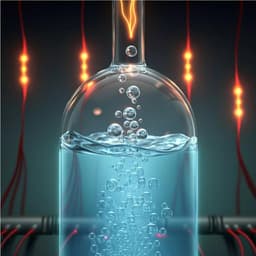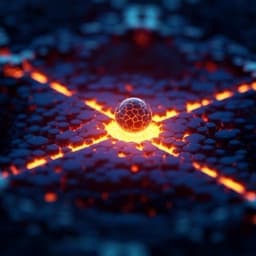
Chemistry
A metal-free photocatalyst for highly efficient hydrogen peroxide photoproduction in real seawater
Q. Wu, J. Cao, et al.
Discover how researchers, including Qingyao Wu and colleagues, have developed a groundbreaking metal-free photocatalyst that produces H₂O₂ at an unprecedented rate of 1776 µmol g⁻¹h⁻¹ in real seawater, defying limitations posed by salt on conventional photocatalysts. This innovative approach leverages a phenolic condensation process, paving the way for more effective H₂O₂ production methods.
~3 min • Beginner • English
Related Publications
Explore these studies to deepen your understanding of the subject.







